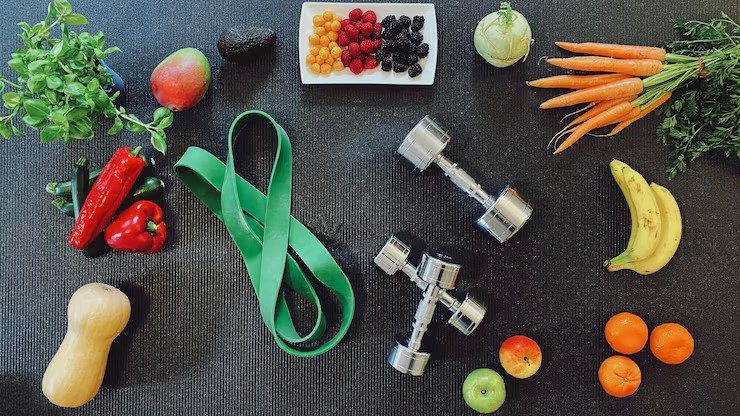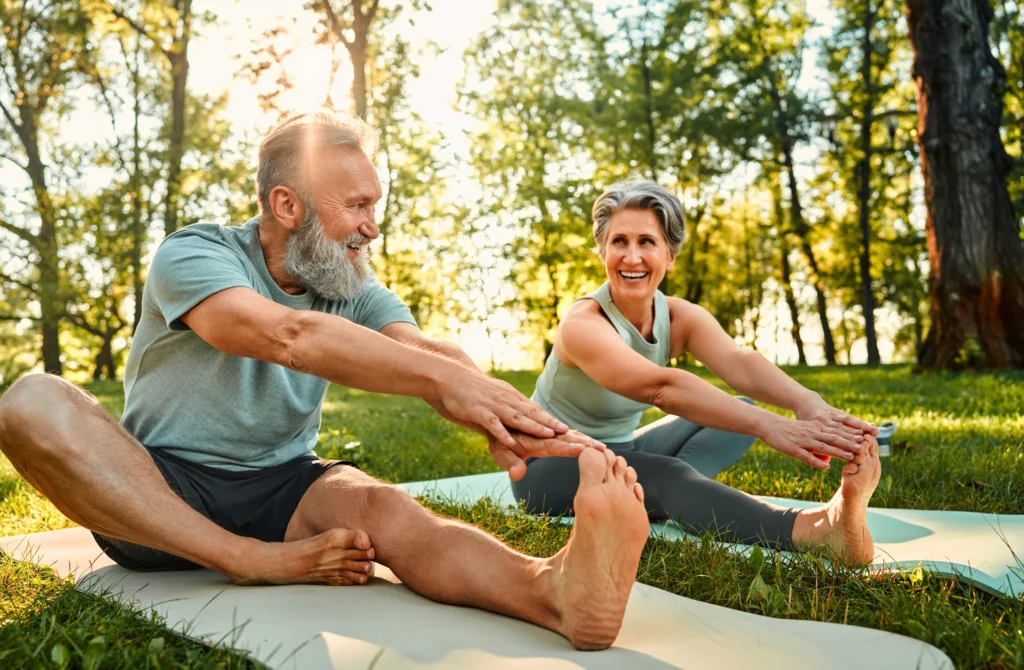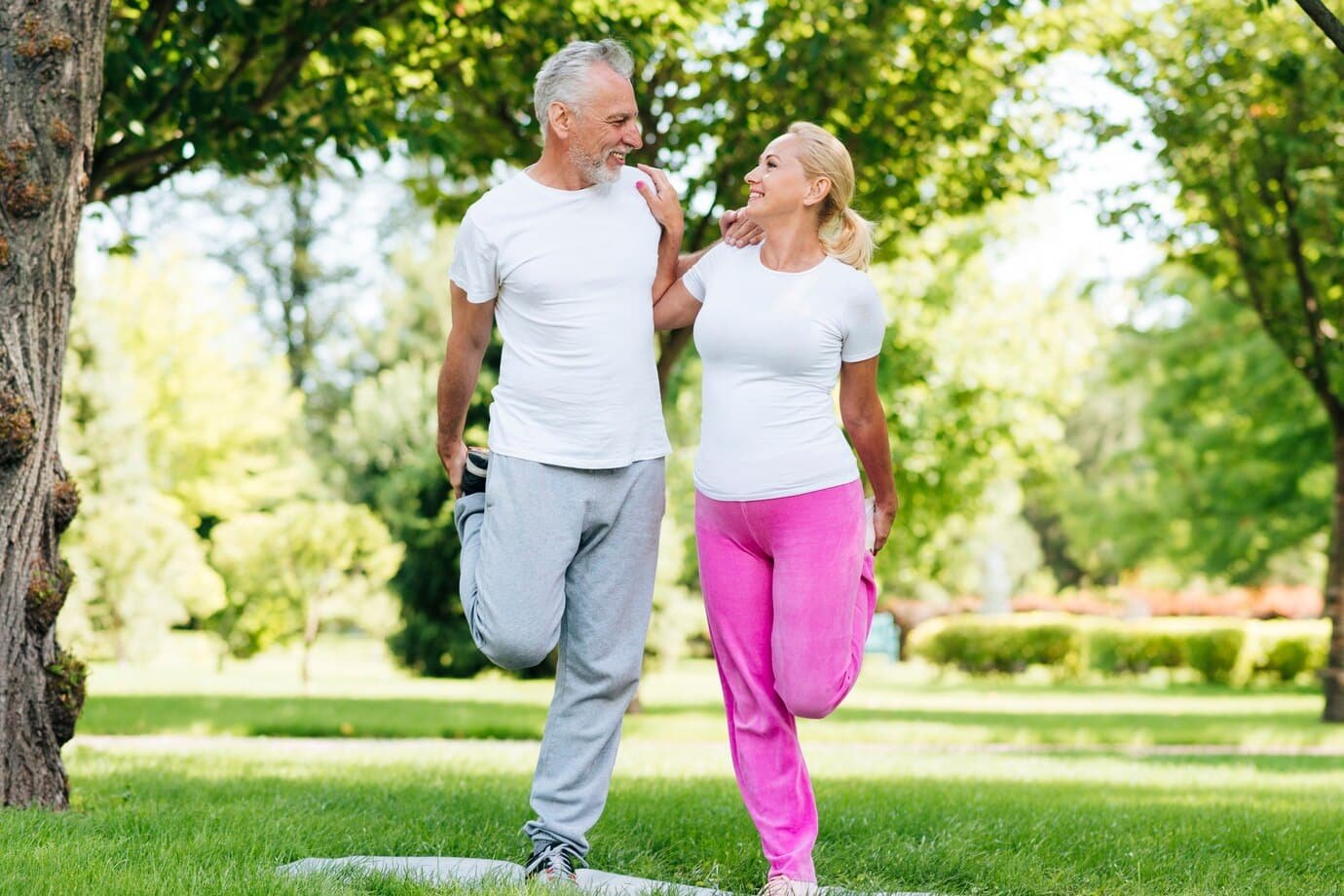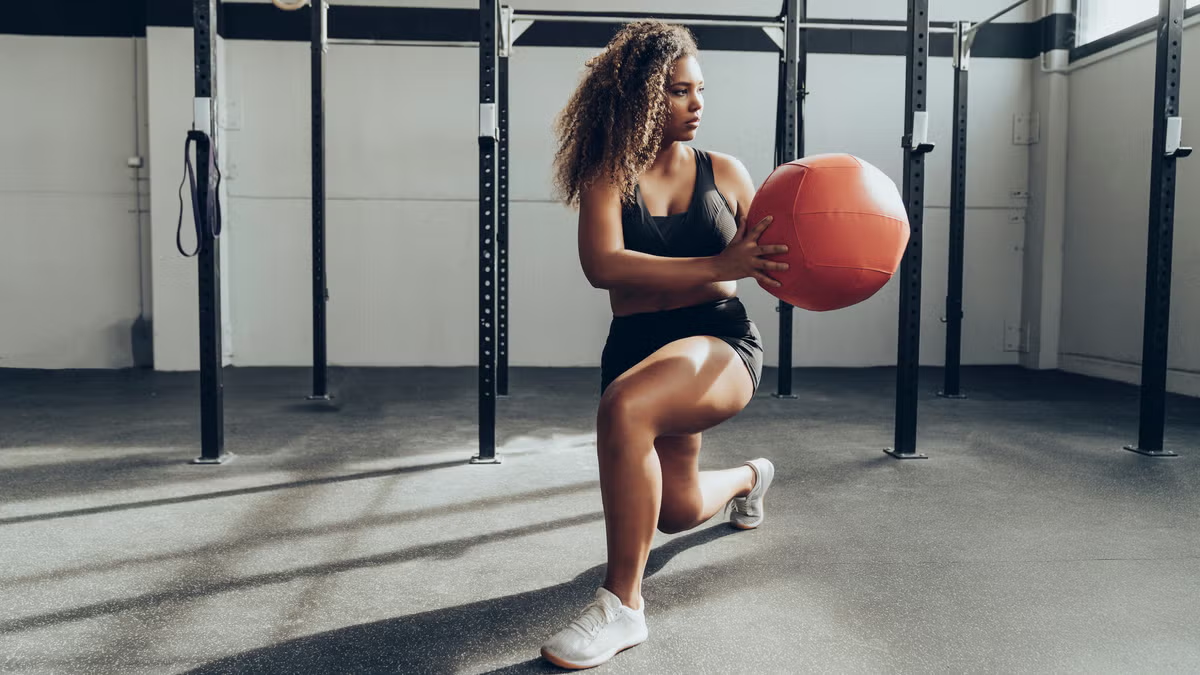Imagine this: You’re at the gym, looking around at people lifting weights, running on treadmills, or stretching on yoga mats. Each activity targets a unique aspect of physical fitness. But how do you know if your workout is comprehensive enough to cover all bases of health-related fitness? The answer lies in understanding the five health-related components of physical fitness and how they work together to improve your overall well-being.
By the end of this guide, you will not only understand what these five components are, but also how to improve them, create a balanced workout routine, and transform your health.
What Is Physical Fitness?
Definition of Physical Fitness
Physical fitness refers to your ability to perform daily tasks with energy and efficiency while maintaining optimal body functioning. Think of it as your body’s ability to handle what you throw at it, whether that’s climbing stairs, handling heavy groceries, or running a marathon.

Why Physical Fitness Matters
Good physical fitness is about more than just looking good in gym clothes. It enhances your life by boosting energy levels, improving mental health, reducing the risk of chronic diseases, and helping you live longer. Remember, fitness is not an occasional sprint; it’s a lifelong marathon.
Physical Fitness Beyond Exercise
More than just hitting the gym, physical fitness embodies a holistic approach that includes proper nutrition, adequate sleep, and mental well-being. Making fitness a well-rounded effort ensures all aspects of your health are being cared for.
The 5 Health-Related Components of Physical Fitness
Each component of fitness contributes to building a healthier, more adaptable body. Here’s a breakdown of the five health-related components and why they matter.
1. Cardiovascular Endurance
This refers to your heart and lungs’ ability to supply oxygen to the muscles during sustained physical activity.
- Benefits: Better heart health, improved stamina, reduced risk of heart diseases.
- Examples: Running, cycling, swimming, or even brisk walking.
2. Muscular Strength
Muscular strength measures your muscles’ ability to exert force during an activity.
- Benefits: Supports joint health, enhances daily functional strength, prevents injuries.
- Examples: Weightlifting, bodyweight exercises like push-ups, or resistance band work.
3. Muscular Endurance
Muscular endurance focuses on your muscles’ ability to perform repetitive actions over time.
- Benefits: Delays fatigue, improves posture, enhances athletic performance.
- Examples: Planks, squats, sit-ups, or rowing.
4. Flexibility
Flexibility is your range of motion in a joint or group of joints.
- Benefits: Reduces injury risk, improves posture, and enhances physical performance.
- Examples: Yoga, stretching routines, or dynamic movements.
5. Body Composition
Body composition refers to the ratio of fat to lean mass in your body.
- Benefits: Helps assess overall health, lowers the risk of chronic diseases, and boosts confidence.
- Examples: Activities that balance fat loss and muscle gain, like HIIT or balanced diet planning.
How to Improve Each Component
Step-by-Step Action Plan
| Component | Recommended Activities | Frequency |
|---|---|---|
| Cardiovascular Endurance | Running, swimming, or cycling | 3–5 times per week |
| Muscular Strength | Weightlifting, resistance training | 2–3 times per week |
| Muscular Endurance | High-rep circuit training, bodyweight exercises | 3–4 times per week |
| Flexibility | Dynamic stretching, yoga, Pilates | Daily or 2–3 times/week |
| Body Composition | HIIT, balanced diet, strength/cardio mix | Ongoing focus |
Practical Tips
- Start Small: For beginners, incorporate short sessions and gradually increase intensity.
- Mix It Up: Combine different activities to keep workouts fun and effective.
- Listen to Your Body: Avoid overtraining by balancing rest with activity.
A Full-Body Workout Plan
Here’s an example of a workout plan that integrates all five components into your weekly routine.
Monday:
- 30 minutes of brisk walking or jogging (cardiovascular)
- 15 minutes of bodyweight squats and push-ups (strength)
Wednesday:
- 45-minute yoga session (flexibility)
- 200-meter rowing intervals (endurance)
Friday:
- 20 minutes of HIIT (body composition)
- Post-HIIT stretching session (flexibility)
Sunday:
- Active recovery with light stretching, housework, or a casual bike ride.
Benefits of Improving These Components
Improving all five components does more than just make you fitter. Here’s what you can expect to gain.
- Short-Term Benefits: Elevated mood, reduced stress, increased energy.
- Long-Term Benefits: Lower risk of chronic diseases, enhanced mobility, prolonged lifespan.
- Life-Changing Impact: Imagine effortlessly running after your children, traveling without fatigue, or simply living pain-free.
Addressing Misconceptions
Common Myths About Physical Fitness
- Myth: Lifting weights will make you bulky.
- Truth: It builds lean muscle that supports long-term strength gains without adding bulk.
- Myth: Cardio is the only way to lose weight.
- Truth: A combination of cardio, strength, and proper nutrition is more effective.
- Myth: Flexibility isn’t important if you’re not an athlete.
- Truth: Flexibility helps reduce stiffness and improves quality of life for everyone.
Clearing these misconceptions ensures your fitness routine is built on solid, evidence-based principles.
Frequently Asked Questions
1. How often should I work out to see results?
Aim for at least 150 minutes of moderate-intensity activity weekly, as recommended by health experts.
2. Can I focus on just one component of fitness?
While improving one area is helpful, balancing all five components leads to better health and fewer injuries.
3. What’s the quickest way to improve body composition?
Combine strength training, cardio, and a balanced diet for steady and sustainable changes.
People Also Ask
What is the most important component of physical fitness?
Each component is equally important, as they work together to create balanced health.
How do I know if I have good physical fitness?
You can assess physical fitness via stamina, strength, flexibility, and body composition tests.
Should older adults focus on the same components?
Yes, though intensity and type of exercises may need to be adapted for safety.

Take Charge of Your Fitness Journey
Understanding and improving the five health-related components of physical fitness is the ultimate way to live a more vibrant and active life. Start small, stay consistent, and don’t shy away from professional guidance to fine-tune your fitness schedule.
Remember, the hardest step is often the first one—but every step after that propels you closer to better health.




